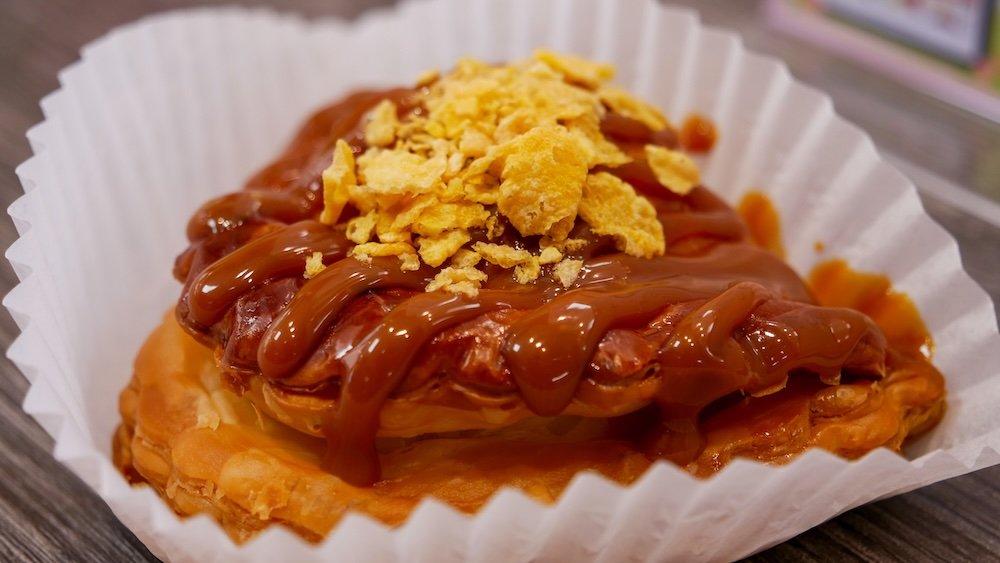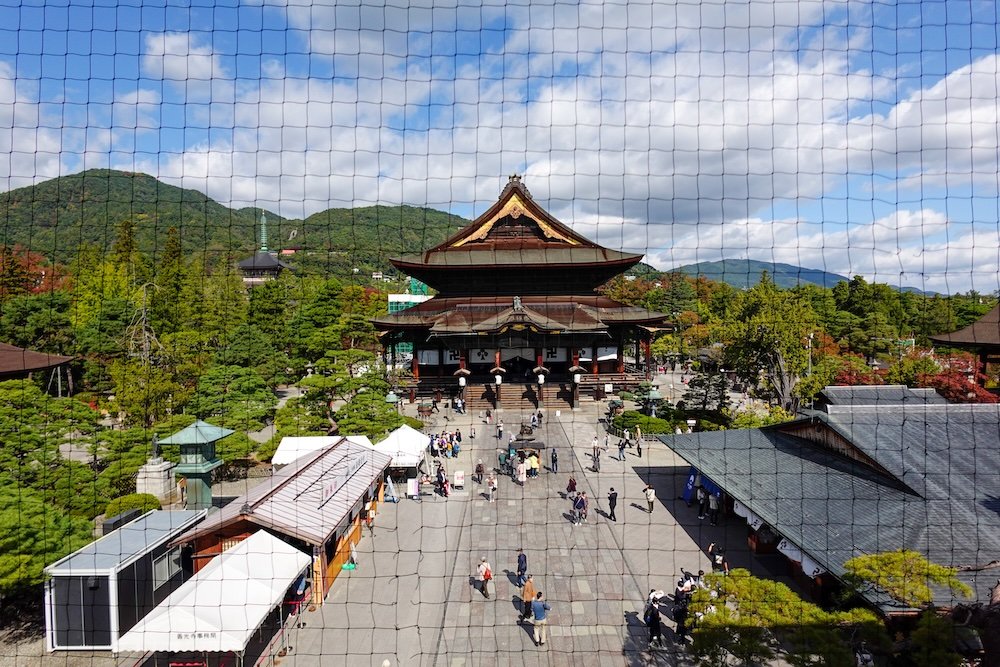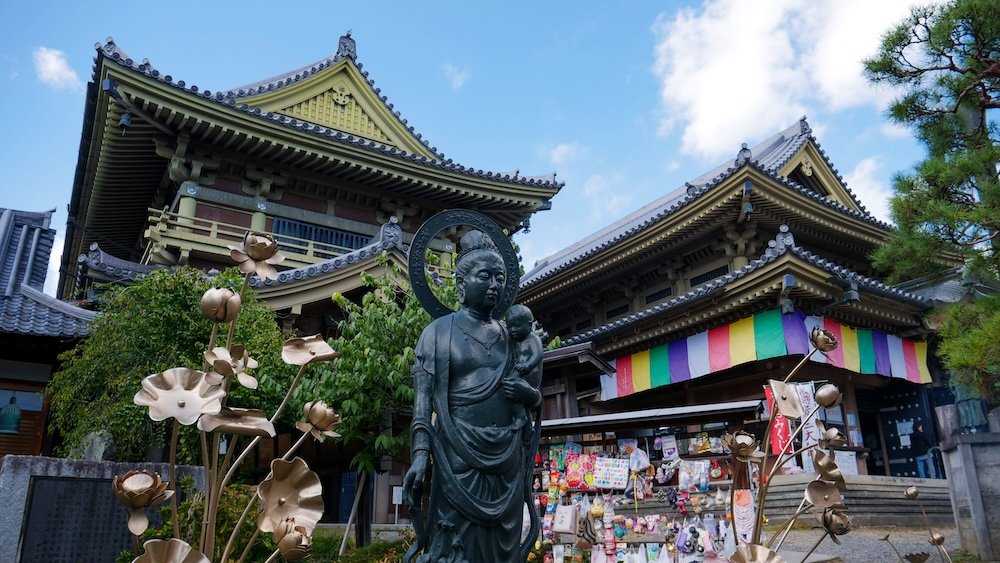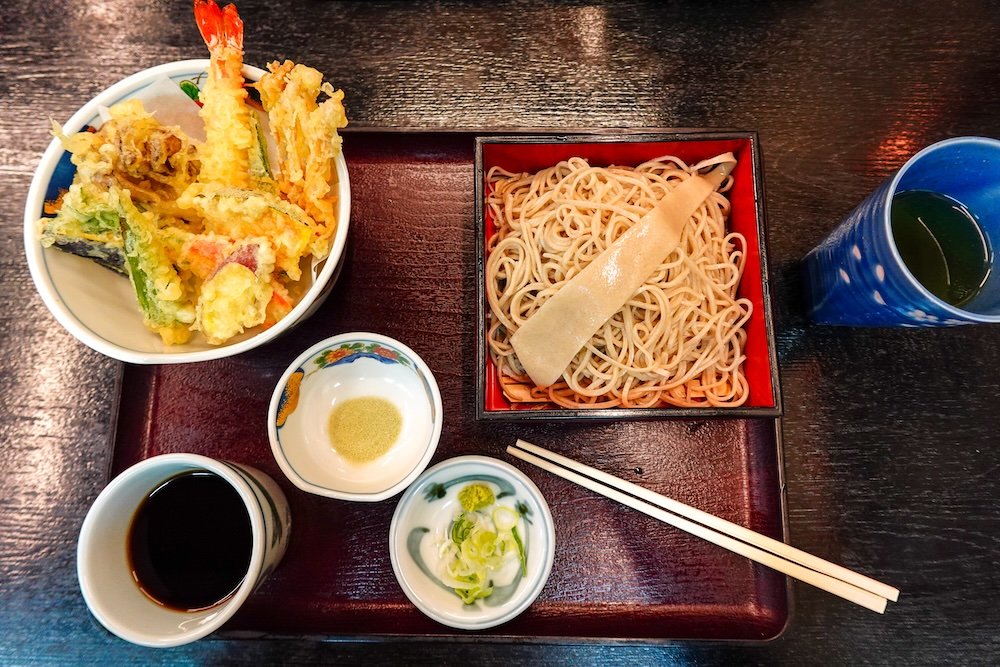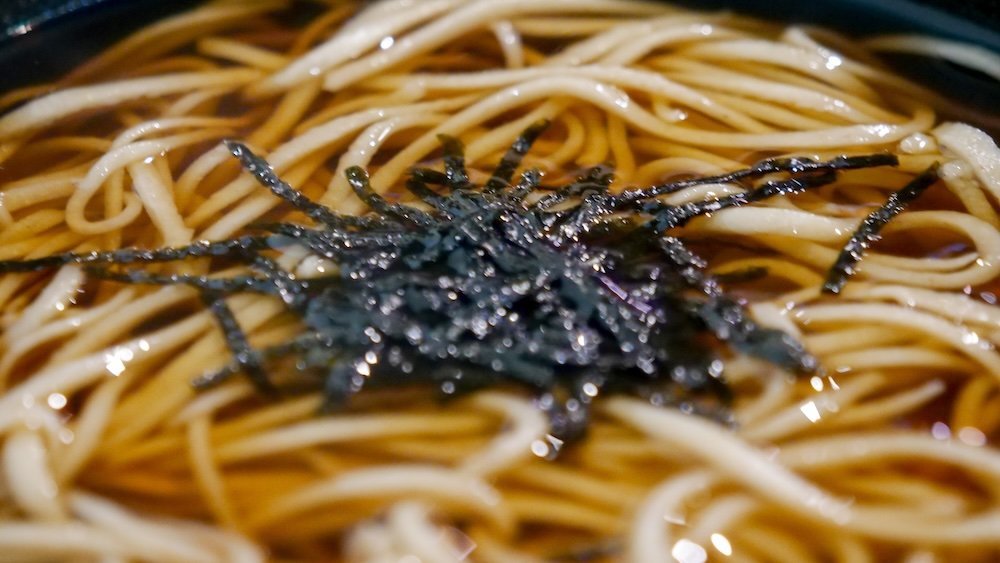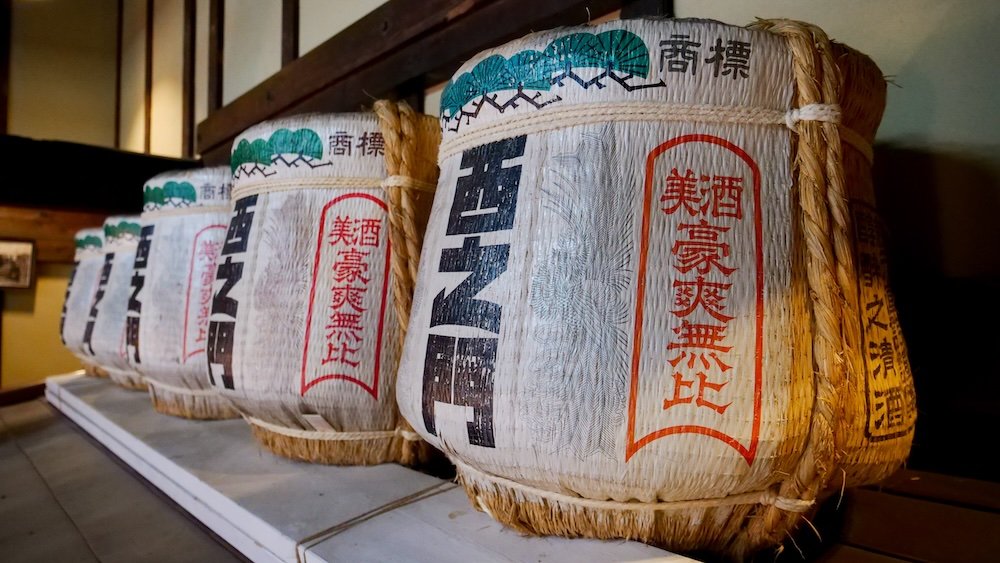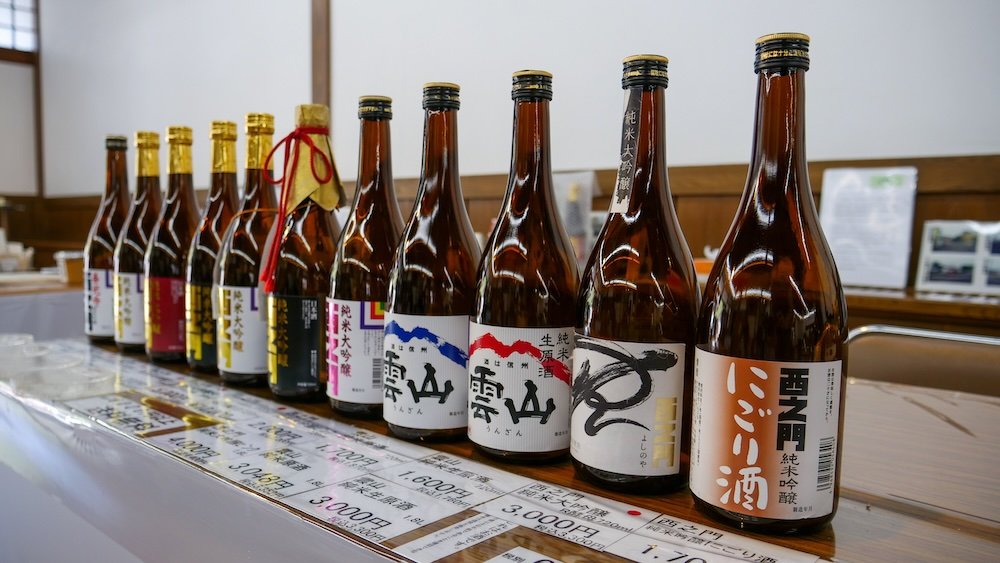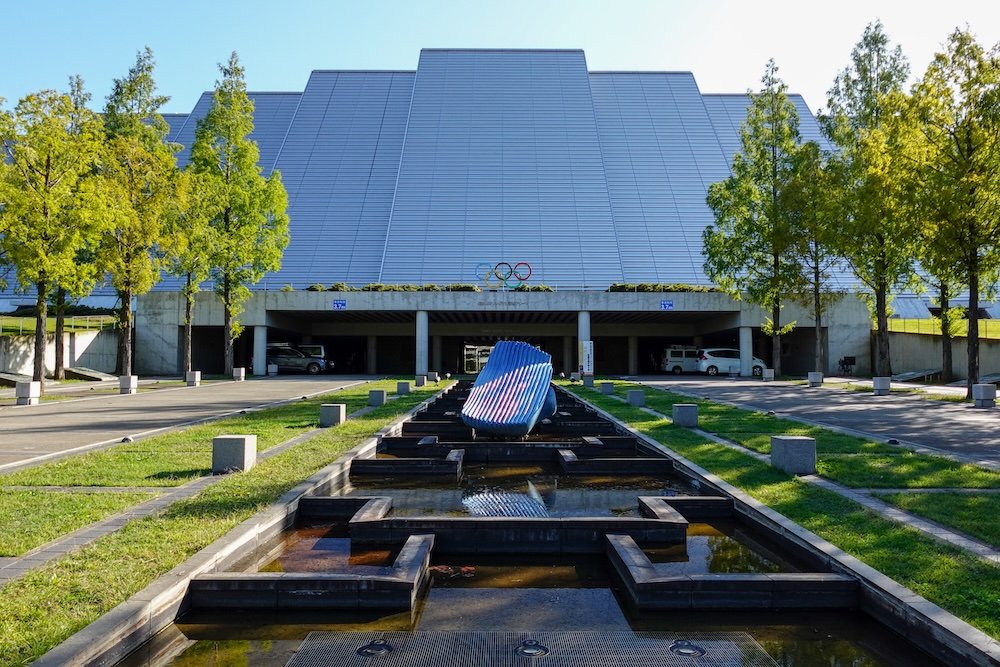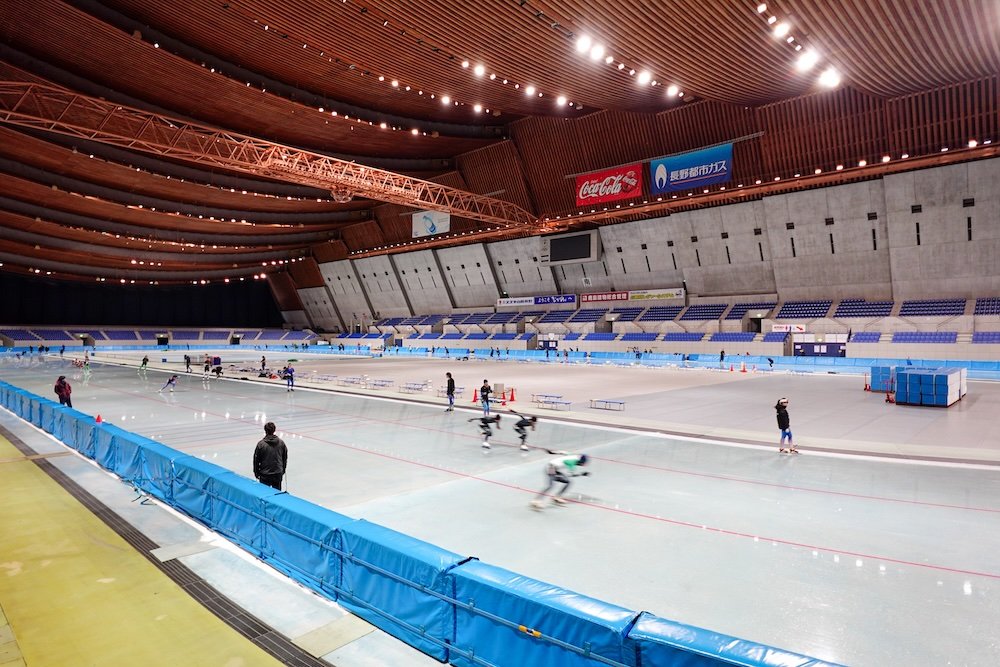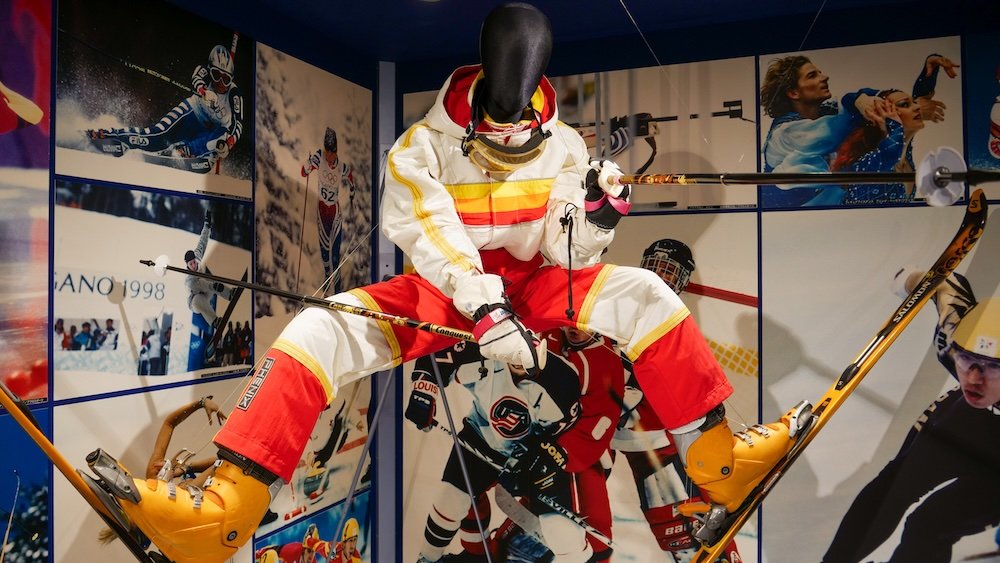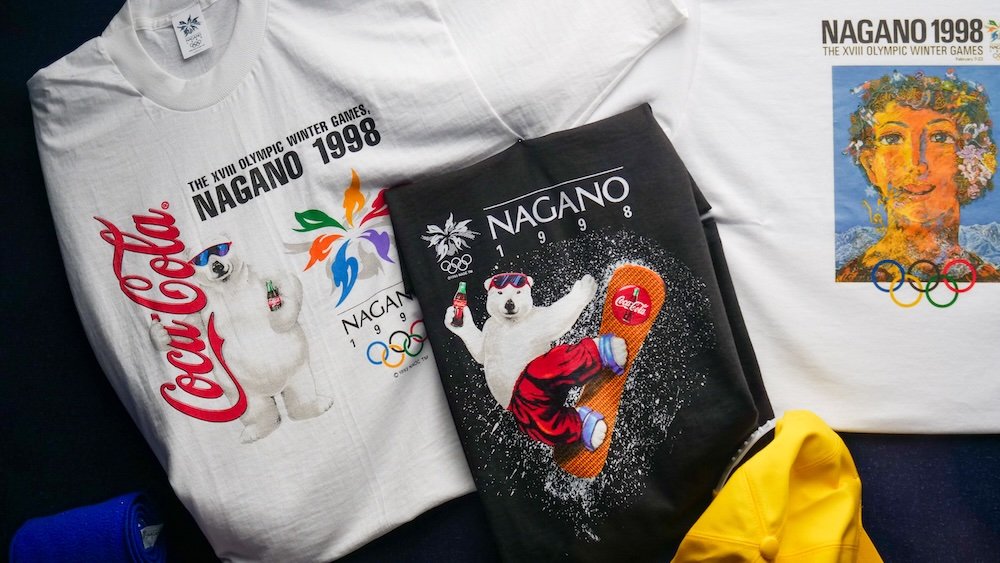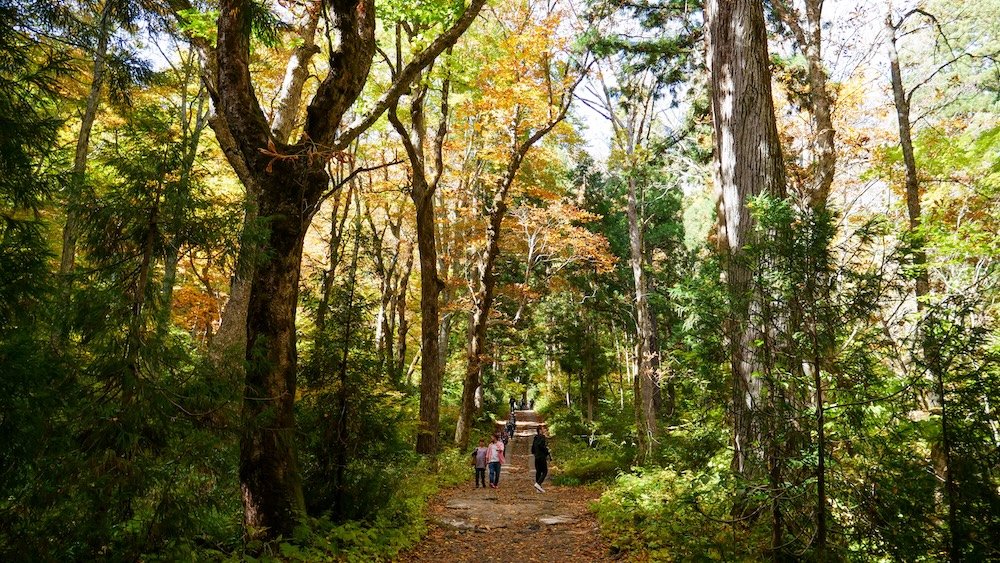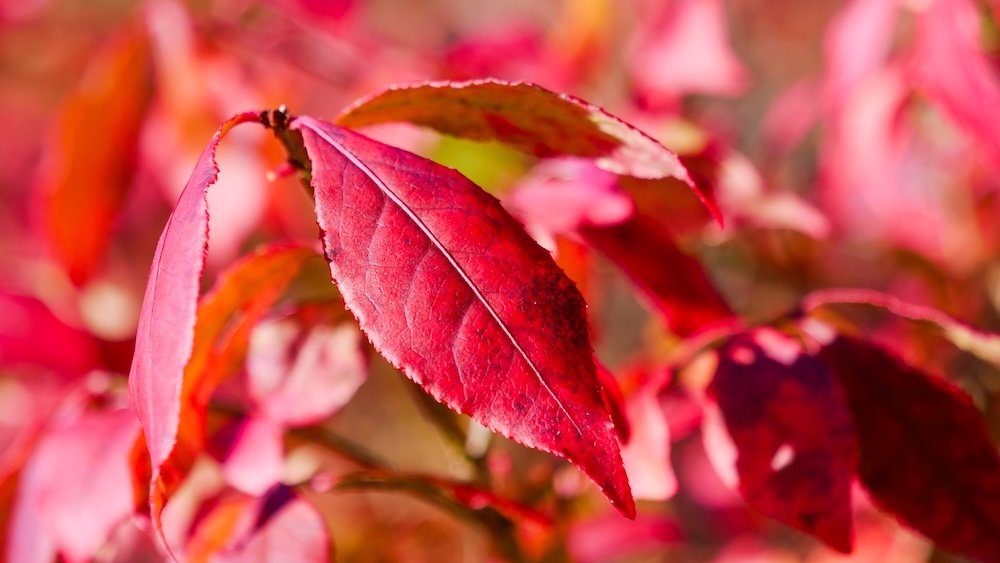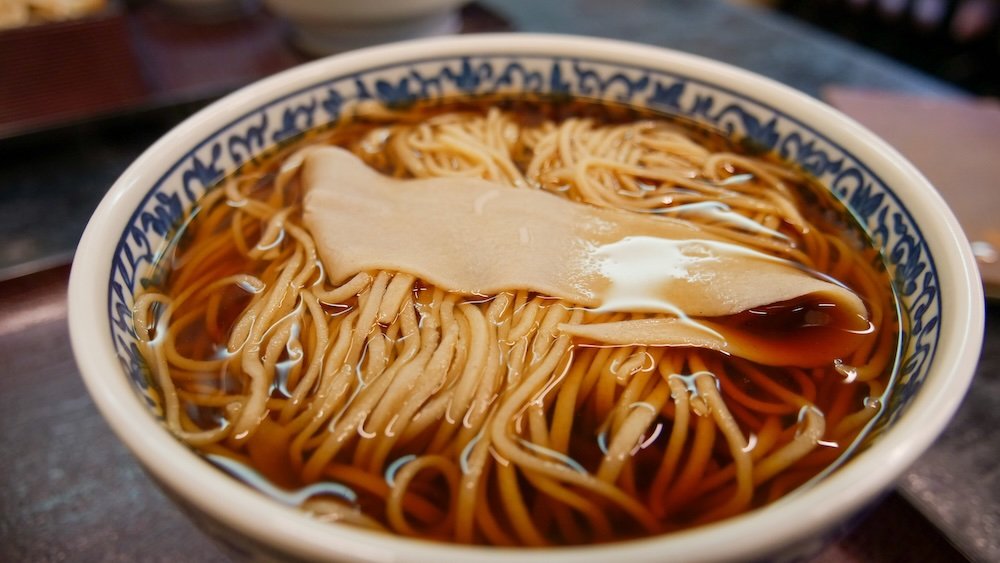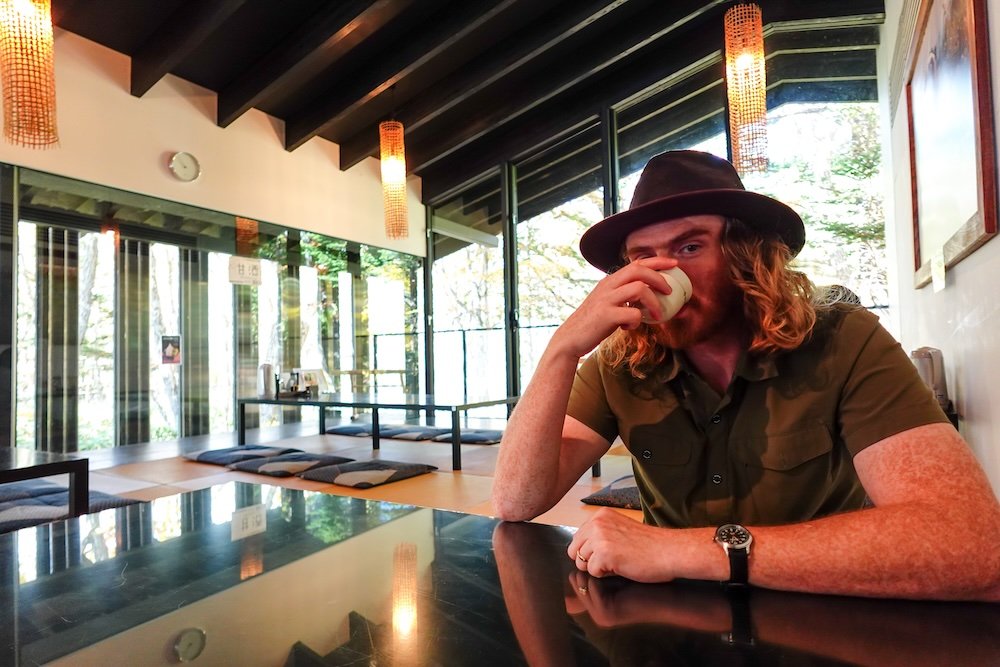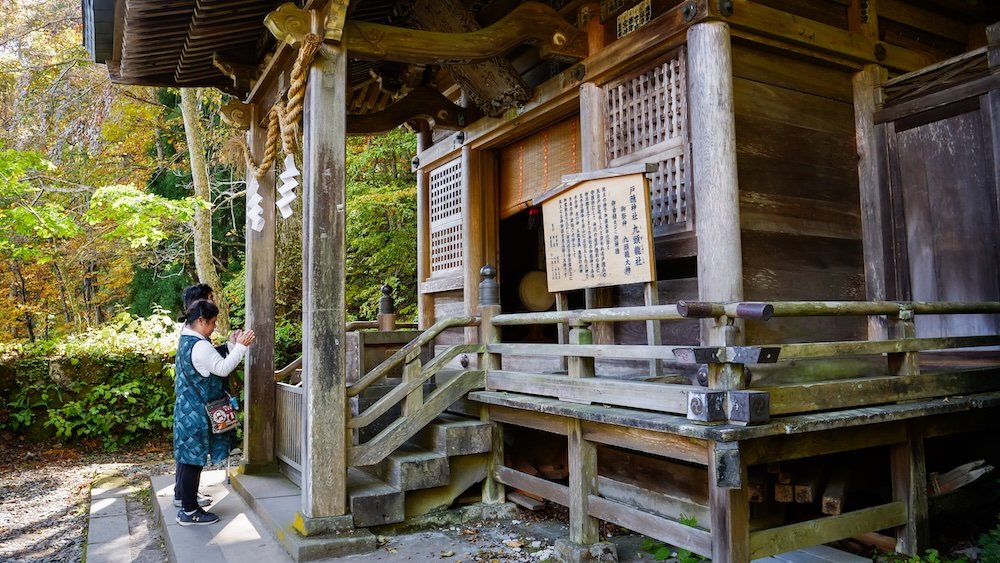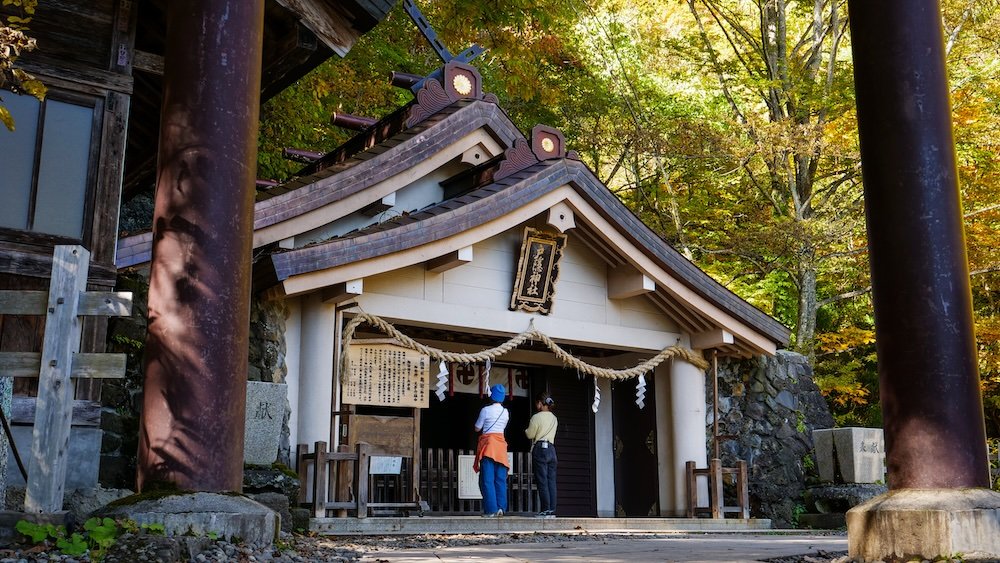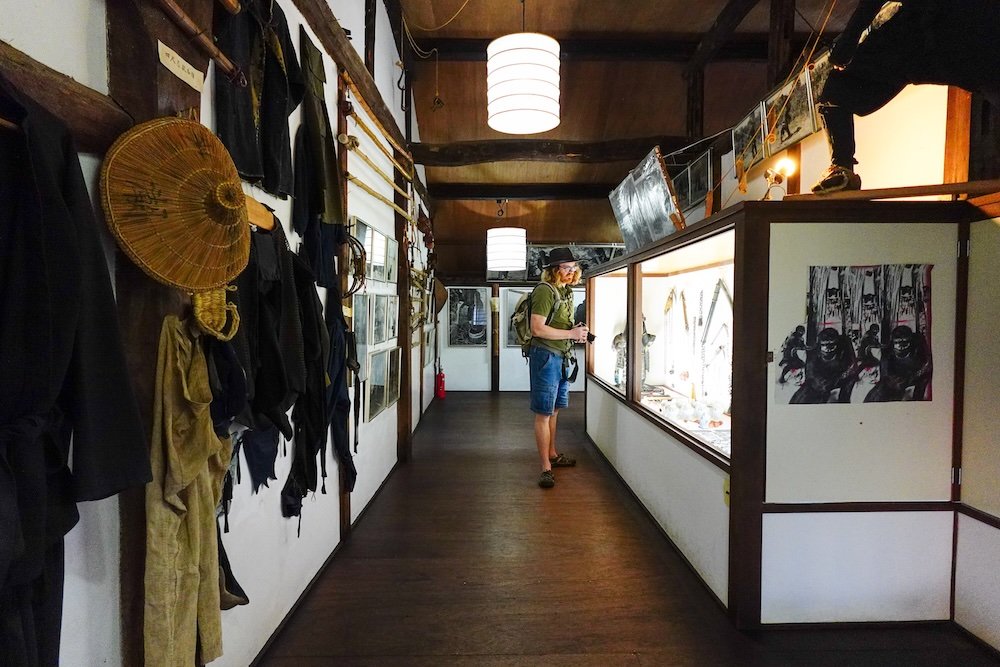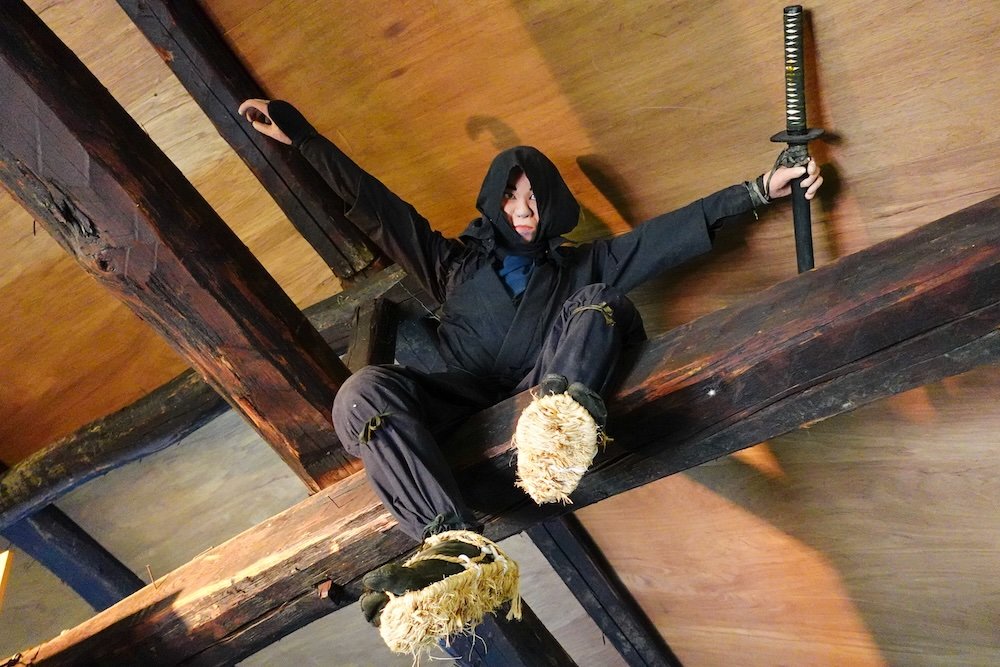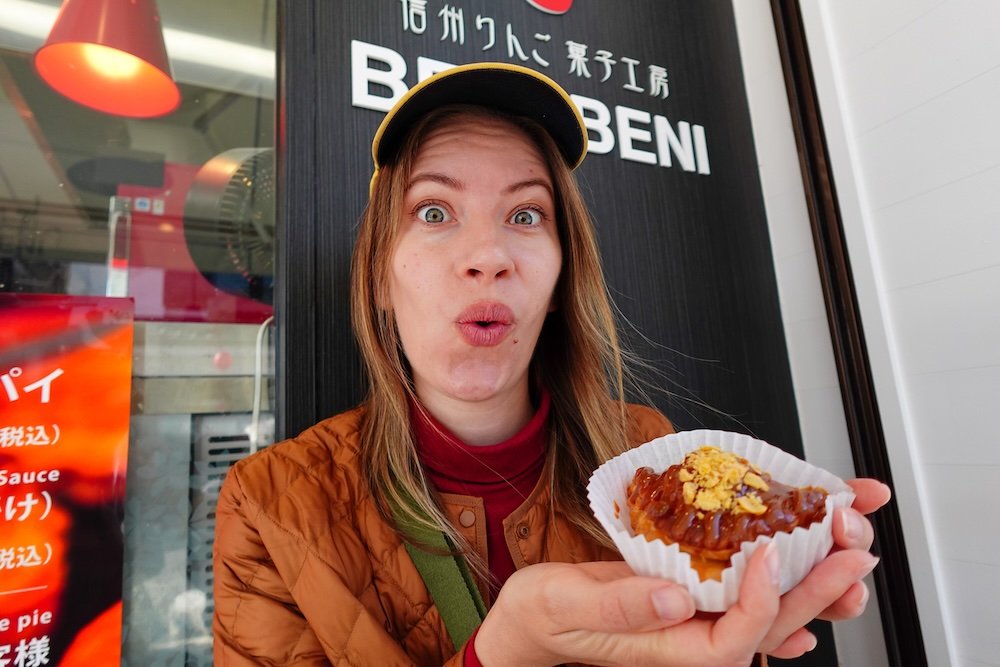Nagano City is a place where ancient traditions blend seamlessly with modern comforts, offering an immersive travel experience that feels grounded. It’s the kind of destination where you can spend one morning wandering through centuries-old temples and the afternoon exploring bustling shopping streets. Tucked between rolling mountains and accessible by high-speed train, Nagano’s location makes it an ideal hub for travelers looking to experience Japan’s alpine beauty. The city’s vibrant culinary scene is another compelling reason to visit, from hearty soba noodles to fresh produce sourced from local farms, ensuring every meal offers a true taste of regional flavor. Wander through quiet neighborhoods, admire well-preserved architecture, and meet locals who take pride in their home’s history—this city invites you to slow down your pace of travel.
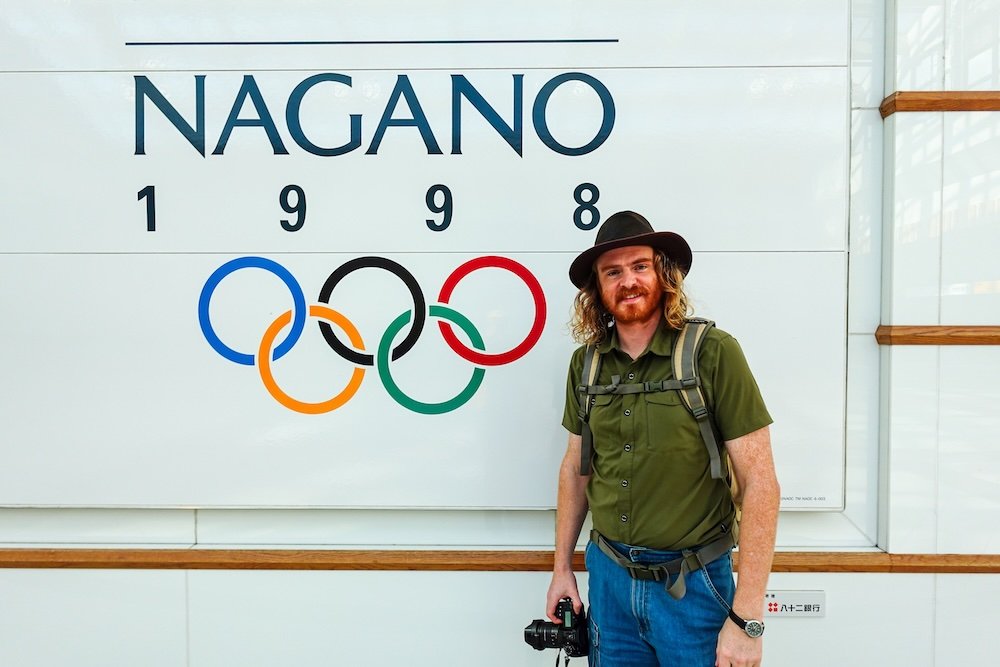
Why Visit Nagano City
- Top Highlights: Explore the venerable Zenko-ji Temple, savor locally grown apples and soba, and enjoy sweeping mountain vistas from nearby highlands.
- Seasonal Charms: In spring, delicate cherry blossoms line riverside paths; in autumn, rich foliage blankets the hills.
- Gateway to Adventure: With easy connections to nearby ski resorts, onsen towns, and cultural landmarks, Nagano City is your springboard to exploration.
source: Samuel and Audrey on YouTube: Nomadic Samuel + That Backpacker hosting
Tip: Arrive early in the day to beat the crowds at popular attractions like Zenko-ji, and enjoy the serene atmosphere before tour groups arrive.
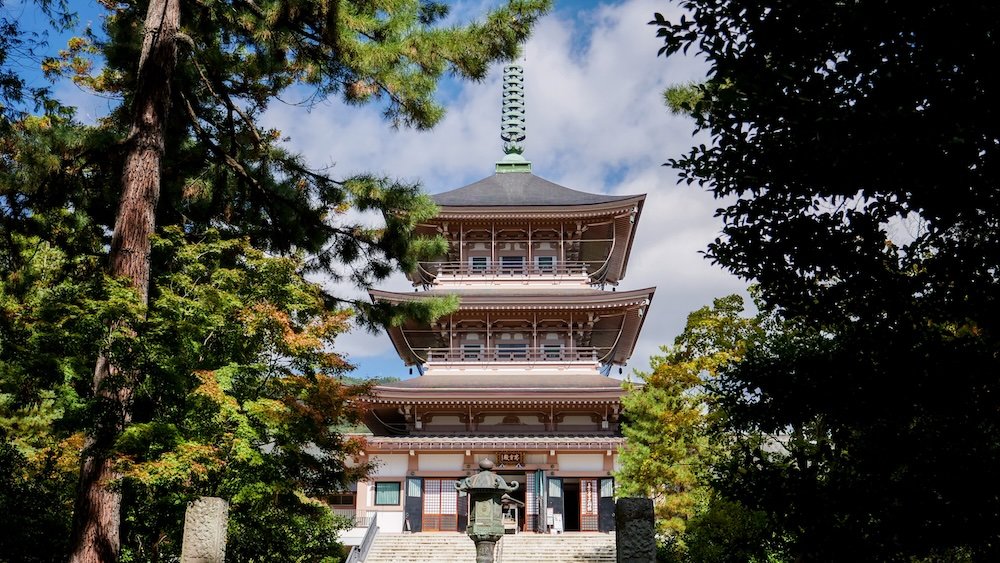
Top 10 Things To Do in Nagano City, Japan For Visitors
Here are some of the top things to do in Nagano city for visitors.
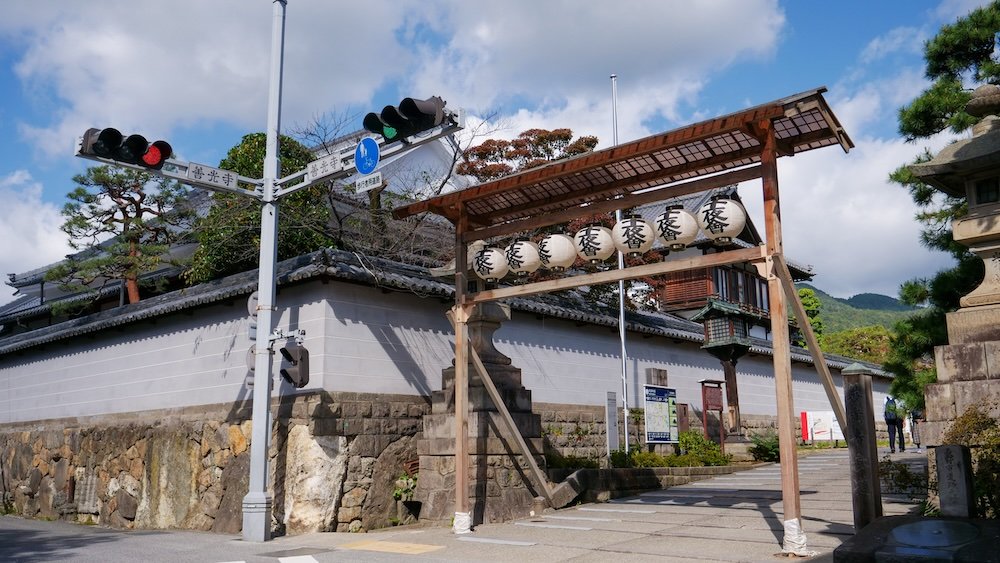
Tours For Visitors To Nagano City, Japan
Here are some interesting tours to consider as you explore Nagano city.
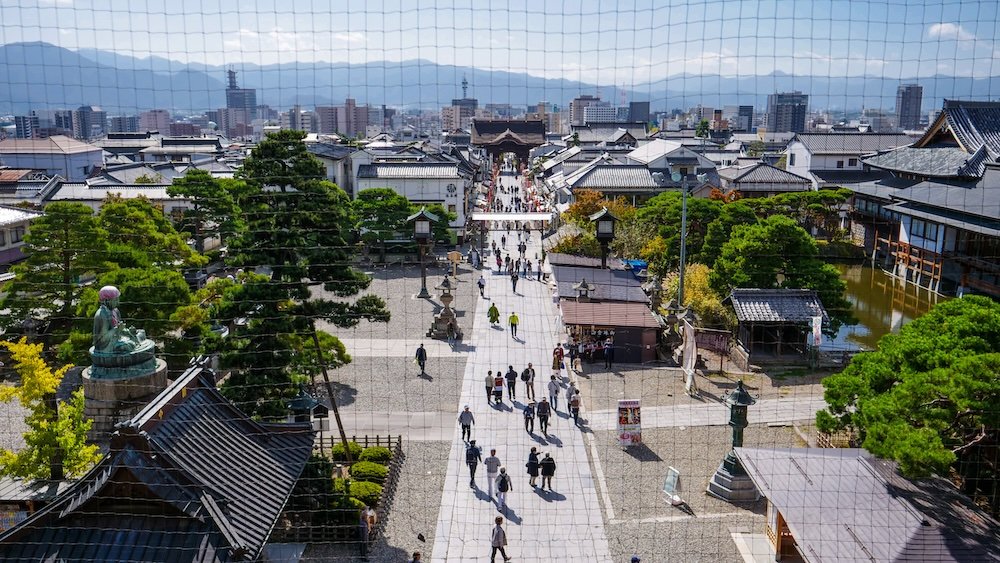
1) Cultural Heritage Walking Tour
This Cultural Heritage Walking Tour takes you through the heart of Nagano City, starting at the iconic Zenko-ji Temple. You’ll stroll along Nakamise Street, where shops have stood for generations, selling everything from local snacks to handcrafted souvenirs. The guide shares stories of ancient pilgrimage routes, religious traditions, and the city’s evolution over centuries. As you wander, the scent of incense mingles with the distant hum of conversation, creating an atmosphere that feels both historic and lively. By the end, you’ll have a deeper appreciation for how sacred heritage and everyday life seamlessly blend in Nagano.
- Highlights: Visit Zenko-ji Temple, browse traditional shops, and taste local delicacies.
- What to Bring: Wear comfortable shoes, bring a light jacket, and carry a camera.
- Best Time: Mornings are less crowded, mid-day has vibrant energy, and evenings offer a quieter ambiance.
Tip: Start early in the day to fully enjoy the temple’s serene atmosphere before tour groups arrive.
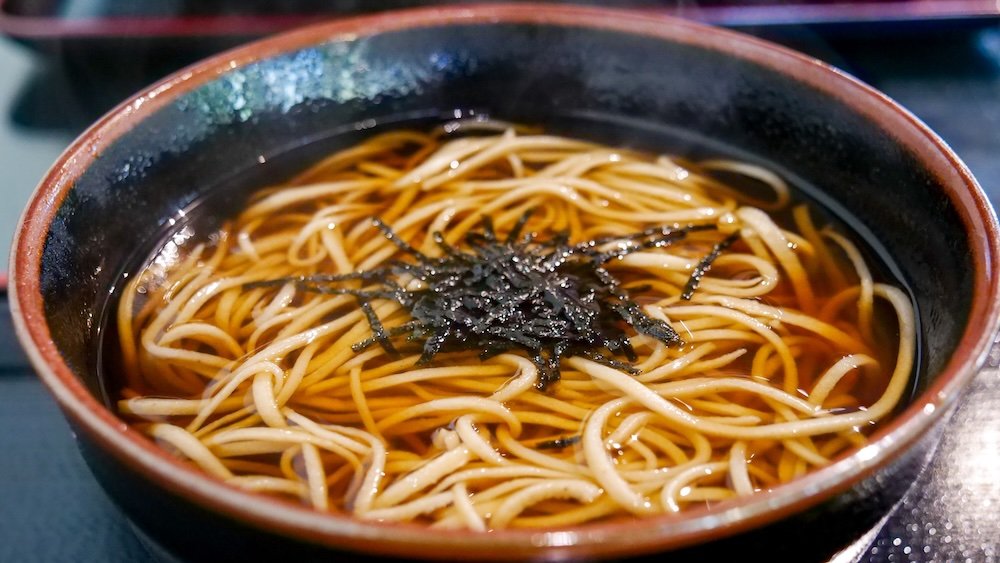
2) Soba-Making and Culinary Tour
This Soba-Making and Culinary Tour introduces you to Nagano’s prized noodles, teaching you the art of buckwheat preparation. You’ll learn from local experts, rolling and cutting soba by hand, then savoring your creation at a cozy family-run restaurant. Between bites, the guide explains how Nagano’s climate and traditions shape these flavors, making each bowl a true reflection of the region. You’ll also sample seasonal tempura, pickled vegetables, and maybe even sip on a bit of locally brewed sake. By the end, not only will you have a happy belly, but you’ll carry home the memory of a meal deeply rooted in place and craft.
- Hands-On Experience: Practice kneading dough, learn cutting techniques, and perfect your soba slurping.
- Local Ingredients: Taste freshly milled buckwheat, enjoy seasonal produce, and appreciate umami-rich broth.
- Cultural Insight: Gain knowledge about regional food traditions, understand culinary rituals, and see how meals connect communities.
Tip: Come hungry and curious; asking questions and savoring each step enhances the entire experience.
3) Togakushi Nature and Shrine Tour
This Togakushi Nature and Shrine Tour whisks you away from the city’s bustle into a world of towering cedars, ancient shrines, and ninja folklore. The journey begins with a scenic bus ride, and soon you’re walking shaded forest paths that lead to centuries-old spiritual sites. You’ll breathe in crisp mountain air, admire moss-covered stones, and feel the calming energy that draws pilgrims here year after year. A guide explains the rich mythology, pointing out sacred spots and highlighting how nature and faith intertwine in this region. By the end, you’ll appreciate Togakushi as a place where history and the natural world harmoniously coexist.
- Must-See Stops: Wander the Cedar Avenue, visit the Togakushi Shrine complex, and glimpse the Ninja Folk Village.
- What to Pack: Bring comfortable shoes, carry a water bottle, and use insect repellent in summer.
- Seasonal Charm: Enjoy autumn foliage, experience winter snow scenes, and see spring blossoms carpeting the forest floor.
Tip: Wear layers; Togakushi’s mountain climate can shift quickly, and staying comfortable ensures you enjoy every step of the journey.
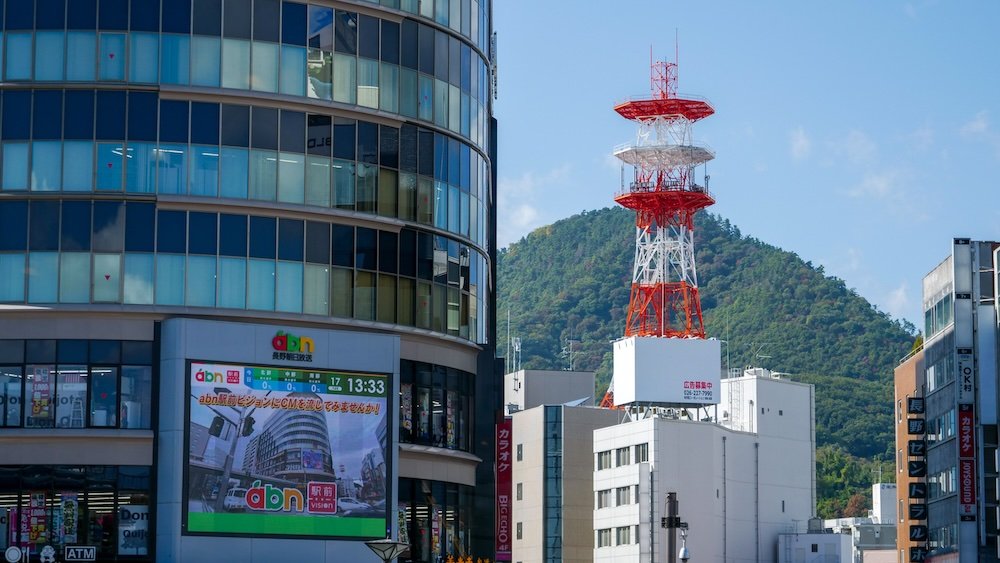
Nagano City Accommodations Guide: Hotels, Guesthouses and Hostels
In Nagano city you can choose between modern hotels with sleek amenities, traditional ryokans steeped in centuries of custom and/or friendly guesthouses
Hotels
Hotels in Nagano City often combine modern comfort with a hint of local character, ensuring you rest in plush beds while still getting a taste of Japan. These properties, many located near the station, cater to a variety of budgets, offering both upscale suites and more modest rooms. Staff are friendly and fluent in basic English, making it easy to get travel tips or restaurant recommendations. Some hotels spoil you with on-site amenities like fitness centers, spas, and full-service restaurants. Wake up to mountain views and feel confident that you’ll be ready to take on the day, whether you’re heading to a shrine or a ski slope.
- Amenities: Enjoy 24-hour front desks, Western-style breakfasts, and in-room Wi-Fi.
- Extras: Some hotels feature onsen baths, relaxing spa services, and indoor lounges.
- Convenience: Close proximity to Nagano Station, walking distance to Zenko-ji Temple, and near public transportation.
Tip: Book in advance during peak travel seasons to snag the best rates and guarantee a room with a view.
Ryokans
For a deeply traditional Japanese experience, choose a ryokan in Nagano City. Here you’ll slip off your shoes and step onto tatami mats, sleep on futon bedding, and savor multi-course kaiseki dinners bursting with seasonal flavors. Many ryokans boast natural hot spring baths (onsen), letting you unwind as steam rises into the crisp mountain air. Attentive hosts guide you through tea ceremonies, explain local customs, and ensure you feel like an honored guest. Staying in a ryokan isn’t just about lodging; it’s a cultural immersion that connects you to centuries-old hospitality traditions.
- Atmosphere: Expect tatami rooms, sliding shoji doors, and a calming, minimalist design.
- Culinary Delights: Enjoy kaiseki meals, sample locally brewed sake, and relish fresh seasonal ingredients.
- Relaxation: Soak in onsen baths, wear a yukata robe, and experience old-world tranquility.
Tip: Arrive before dinner to fully appreciate the evening meal and immerse yourself in the ryokan’s serene ambiance.
Guesthouses
Guesthouses offer a cozy, welcoming vibe, perfect for travelers who want more than just a standard room. Meet the owner over breakfast, chat with fellow guests in the common lounge, and discover off-the-beaten-path attractions through insider tips. Many feature Japanese-style rooms for an authentic experience, yet maintain a casual atmosphere that puts everyone at ease. This is the place to make friends, trade stories, and learn from those who know Nagano best. After a long day of exploring, you’ll return to a familiar face and a warm, homey setting.
- Community Spaces: Enjoy shared kitchens, cozy lounges, and outdoor patios.
- Local Flavor: Engage in language exchanges, receive handwritten maps, and participate in small group tours.
- Affordability: Find reasonable rates, clean accommodations, and a down-to-earth environment.
Tip: Ask the host for personal recommendations; their local knowledge can lead to discovering hidden gems you won’t find online.
source: Samuel and Audrey Travel Channel on YouTube: That Backpacker + Nomadic Samuel
Day Trips From Nagano City, Japan
Nagano City offers plenty of day-trip options to satisfy your wanderlust.
1) Jigokudani Snow Monkey Park in Yamanouchi
Visiting Jigokudani Snow Monkey Park is like stepping into a wildlife documentary, where cheeky macaques lounge in natural hot springs with zero cares in the world. The park’s forested trails lead you through a peaceful landscape that feels far removed from daily bustle. On cold days, steam rises from the hot pools, creating a dreamy backdrop for your wildlife encounter. Photographers love capturing these bath-loving primates as they soak, groom each other, or simply contemplate life with curious expressions. Don’t rush—slowly wander, observe their antics, and appreciate a rare chance to see nature at play.
- Highlights: Watch snow monkeys bath in hot springs, snap photos of their expressive faces, and enjoy the quiet forest atmosphere.
- Accessibility: Take a train to Yudanaka Station, then a bus or short taxi ride followed by a 30-minute walk to the park.
- Best Time to Visit: Winter months offer a magical snowy setting, though monkeys visit year-round for a unique experience each season.
Tip: Arrive early to beat the midday crowds and capture those serene moments when the monkeys are most relaxed.
2) Obuse: A Charming Town of Chestnuts and Art
A day trip to Obuse feels like entering a postcard, with its quaint streets, Edo-period buildings, and delightful shops brimming with chestnut treats. This small town is famous for its chestnuts, and you can sample everything from chestnut ice cream to traditional wagashi confections. Art enthusiasts will be drawn to the Hokusai Museum, dedicated to the world-renowned ukiyo-e master Katsushika Hokusai, whose works include the iconic “Great Wave.” Wandering through Obuse, you’ll find a blend of cultural depth, culinary flair, and small-town warmth that sets it apart from busier tourist hotspots. By day’s end, you’ll wonder how such a gem remains pleasantly under the radar.
- Must-Try: Indulge in chestnut sweets, sip on local sake, and sample seasonal soba noodles.
- Cultural Highlights: Visit the Hokusai Museum, explore historic storehouses, and pop into a family-run café.
- Getting There: Hop on a local train from Nagano Station to Obuse Station, usually around 30 minutes.
Tip: Bring a small tote bag to carry home chestnut treats and local souvenirs that you’ll likely be tempted to buy.
source: Samuel and Audrey YT Channel: Nomadic Samuel & That Backpacker as the hosts
3) Matsumoto Castle: A National Treasure
Matsumoto Castle, known as the “Crow Castle” for its striking black exterior, is one of Japan’s most iconic feudal fortresses. Surrounded by a moat and framed by the Japanese Alps, this National Treasure invites visitors to step back into samurai-era history. Inside, you’ll climb steep wooden staircases that feel unchanged for centuries, offering a tangible connection to the past. Beyond the castle grounds, Matsumoto’s charming streets tempt you with craft shops, museums, and local eateries serving hearty specialties. Spending the day here not only immerses you in architectural beauty but also enriches your understanding of Japan’s cultural tapestry.
- What to Do: Tour the castle interior, stroll the castle park, and browse Nawate-dori and Nakamachi-dori shopping streets.
- Travel Time: A train ride from Nagano Station to Matsumoto Station takes about 50 minutes, followed by a short walk.
- Photo Ops: Capture reflections of the castle in the moat, frame views against snow-capped peaks, and snap shots of seasonal cherry blossoms.
Tip: Wear comfortable shoes; those ancient castle steps can be steep and slightly uneven, so stable footing is key to enjoying the experience.
4) Togakushi Highlands: Nature, Shrines, and Soba
A day in the Togakushi Highlands offers a peaceful contrast to urban life, with cedar forests, mysterious shrines, and renowned soba restaurants. Walking the cedar-lined path to the upper shrine feels spiritual and soothing, each step taking you deeper into nature’s embrace. History buffs will appreciate the shrines’ connection to Japanese mythology, while foodies delight in slurping perfectly chewy soba noodles made from local buckwheat. Exploring the area might also include a visit to the Ninja Museum, where you’ll learn about the region’s legendary stealth warriors. By day’s end, you’ll feel refreshed, centered, and grateful for having stepped off the beaten track.
- What to See: Admire the Togakushi Shrines, savor handmade soba, and stroll through towering cedar avenues.
- Activities: Try a short hike, visit the Ninja Museum, or pause by Kagami-ike Pond for mirror-like reflections.
- Getting There: A bus ride from Nagano Station takes about an hour, making it an easy trip for travelers who prefer less planning.
Tip: Dress in layers; mountain weather can change swiftly, so be prepared for cool breezes even on warmer days.
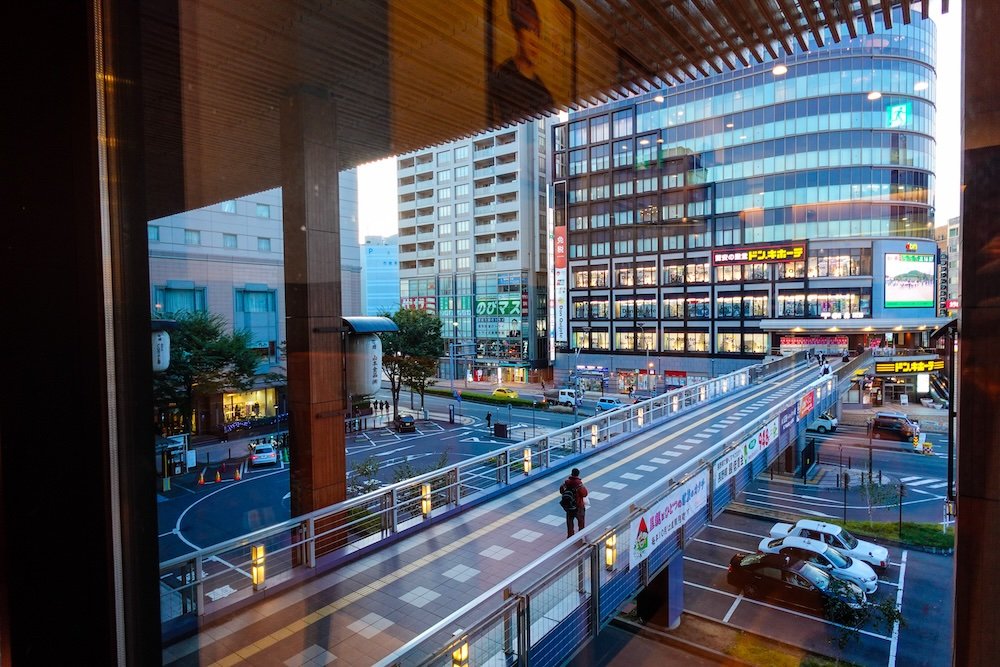
Nagano City Transportation Guide
Navigating Nagano City is a breeze once you understand the different modes of transportation available.
Shinkansen and Local Trains
Riding the Shinkansen (bullet train) to Nagano City offers a thrilling introduction to Japan’s efficient rail network, blending speed and comfort. Once you arrive at Nagano Station, you’ll find several local trains that branch out to nearby towns, making day trips and excursions simple. The trains are punctual and well-maintained, providing a stress-free way to cover more ground while enjoying panoramic views of mountains and farmland. Purchasing tickets is straightforward, and English signage helps guide travelers who might otherwise feel lost. Before you know it, you’ll be hopping off at your chosen destination, eager to explore.
- Must-Knows: Buy tickets at Nagano Station, consider a JR Pass if traveling widely, and keep an eye on departure times.
- Comfort Tips: Choose a window seat for scenery, enjoy the onboard snacks, and store luggage in designated racks.
- Connectivity: Many trains offer Wi-Fi, enabling you to plan day trips and check weather forecasts en route.
Tip: Reserve your Shinkansen seats during busy seasons to guarantee a spot and avoid last-minute scrambling.
City Buses and Local Lines
City buses in Nagano provide convenient, affordable transportation, connecting major tourist spots, shopping districts, and residential neighborhoods. Schedules and routes are clearly posted in English at most stops, simplifying the journey for travelers. Buses often have a fixed fare system, so keep small change handy or use rechargeable transport cards for seamless hopping. They’re an excellent choice if you prefer a slower pace, letting you soak in everyday life scenes as locals go about their routines. With patience and a bit of curiosity, you’ll find the bus system gives you a true taste of city living.
- Route Highlights: Take a bus to Zenko-ji Temple, hop on one toward the Ninja Museum in Togakushi, or ride to shopping streets.
- Payment Methods: Carry coins, get a transit card, or buy a day pass for unlimited rides.
- Driver Assistance: Don’t hesitate to ask the driver for help, show them printed destination names, or point to maps if needed.
Tip: Download a bus route app or pick up a free map at the tourist center to navigate stops and schedules with ease.
Taxis and Ride-Sharing
Taxis in Nagano City are abundant, clean, and professionally operated, making them a reliable choice when you need direct, door-to-door service. While fares can be higher than trains or buses, taxis save time and hassle, particularly if you’re traveling with heavy luggage or in a hurry. Most drivers know the main tourist spots, and many carry translation devices to assist with communication. Hailing a taxi is as simple as spotting one with a red-lit sign in the windshield, or asking your hotel staff to call one for you. Once you settle into the back seat, you can relax and enjoy the ride without worrying about transfers or timetables.
- Payment Options: Pay with cash, use credit cards in many taxis, or inquire about IC card compatibility.
- Language Tips: Have your destination written in Japanese, show a map or phone screen, or learn a few basic phrases.
- Ride-Sharing: Consider apps like Uber or JapanTaxi, compare fare estimates, and track your car’s arrival in real-time.
Tip: Ask your hotel concierge for recommended taxi companies if you want to ensure reliable service and set fare expectations.
Renting a Bicycle
Renting a bicycle in Nagano City is a fun, eco-friendly way to explore hidden alleys, neighborhood shrines, and riverside paths. Several rental shops offer hourly or daily rates, plus helmets and maps to ensure a safe, pleasant ride. Cycling not only saves money but also lets you stumble upon local eateries and quiet corners that you might miss on a bus or taxi. The city’s roads are generally bike-friendly, and many locals pedal to work or school, adding to the communal feel. Before you know it, you’ll be gliding beneath cherry blossoms or admiring autumn foliage at your own pace.
- Where to Rent: Check near Nagano Station, visit local bike shops, or ask at your hotel front desk.
- Safety Checks: Test brakes, adjust seat height, and ensure lights and reflectors are working.
- Route Ideas: Pedal along the Sai River, head toward Zenko-ji Temple, or circle around quiet residential districts.
Tip: Bring a backpack with water and snacks for your biking adventure, allowing you to pause and refuel whenever you find a scenic spot.
Getting Around for Day Trips
When venturing beyond city limits, trains and buses remain the backbone of day trips to spots like Jigokudani Snow Monkey Park, Obuse Town, or the Togakushi Highlands. Organized tours can simplify logistics, bundling transportation, guide services, and attraction tickets into one neat package. If you prefer flexibility, self-guided train or bus journeys grant freedom to linger where you please. Either way, starting early ensures you get the most out of your excursion, returning to Nagano City in time for a leisurely dinner. With a bit of planning and an adventurous spirit, your day trip possibilities are practically endless.
- Regional Passes: Consider discounted rail passes, combo tickets, or day passes for multiple destinations.
- Research First: Check timetables, learn about transfer points, and print simple directions in English and Japanese.
- Peak Seasons: Book in advance during holiday periods, arrive early to beat crowds, and consider visiting in off-peak months.
Tip: Confirm return travel times before leaving Nagano City, ensuring you won’t get stranded after exploring distant attractions.
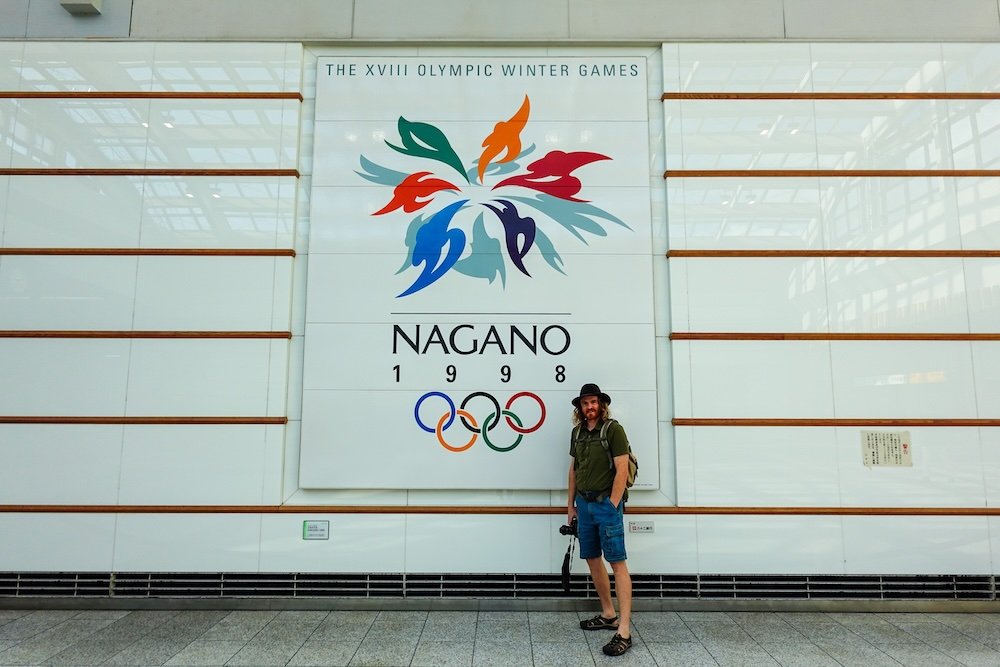
Nagano City Travel Guide: Final Thoughts
Savoring the Seasons
There’s something magical about experiencing Nagano’s changing seasons, each bringing its own palette of colors, flavors, and moods. In spring, cherry blossoms flutter through temple courtyards, painting delicate shades of pink against old stone and wood. Summer’s lush greenery and gentle breezes invite you to hike or cycle through countryside paths, pausing to cool off by sparkling rivers. Autumn dazzles with fiery foliage, a visual feast that leaves you breathless as you walk beneath canopies of crimson and gold. Winter transforms the city into a tranquil wonderland, powdered with snow, where warm bowls of soba and piping hot sake soothe the chill in your bones.
- Highlights: Witness cherry blossom festivals, savor harvest-season produce, and soak in a hot spring on a snowy day.
- Versatility: Pack layers for rapid weather changes, try seasonal local dishes, and embrace nature’s cycles.
- Photography Tip: Capture morning mists, sunset hues, and reflections in serene lakes throughout the year.
Tip: Check seasonal event calendars before your trip; timing your visit can amplify the magic each season offers.

Embracing Local Traditions
Monks chanting at Zenko-ji Temple, artisans crafting handmade soba noodles, and sake brewers refining ancient techniques all remind you of Japan’s enduring heritage. Engaging with these traditions fosters a deeper respect for the people who keep them alive. You might find yourself kneeling on tatami mats, sipping tea with a local master, or learning how to properly cleanse your hands at a shrine’s purification fountain. By immersing yourself in these customs, you go beyond mere sightseeing—becoming part of an ongoing story that spans centuries.
- Cultural Immersion: Attend a tea ceremony, watch a traditional dance performance, or observe seasonal festivals.
- Hands-On Experiences: Learn to craft washi paper, try a calligraphy workshop, or taste-test fermented miso.
- Courtesy Counts: Remove shoes in tatami rooms, bow respectfully at shrines, and follow temple etiquette.
Tip: Ask questions and show curiosity; locals appreciate genuine interest and are often delighted to share their knowledge.

